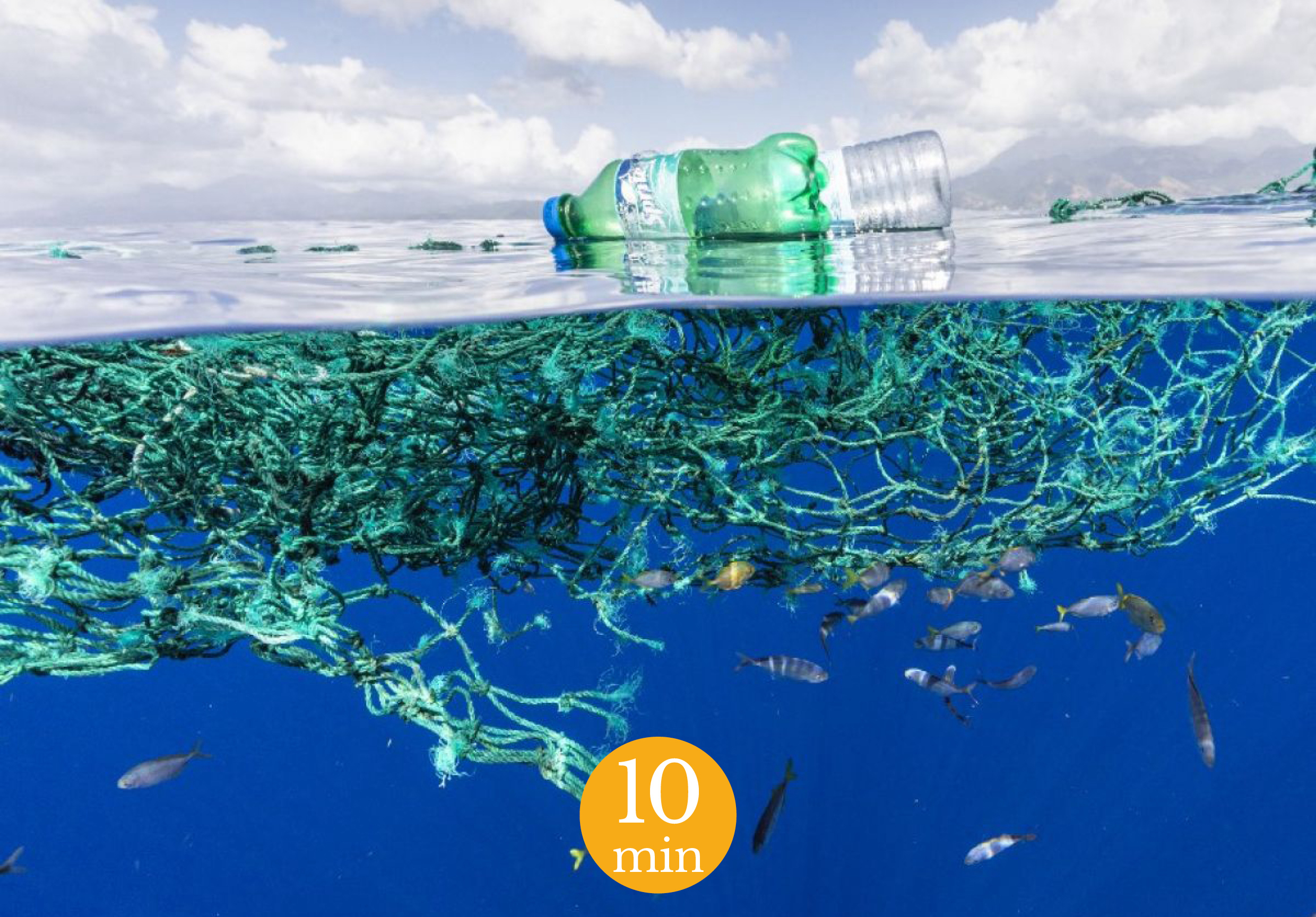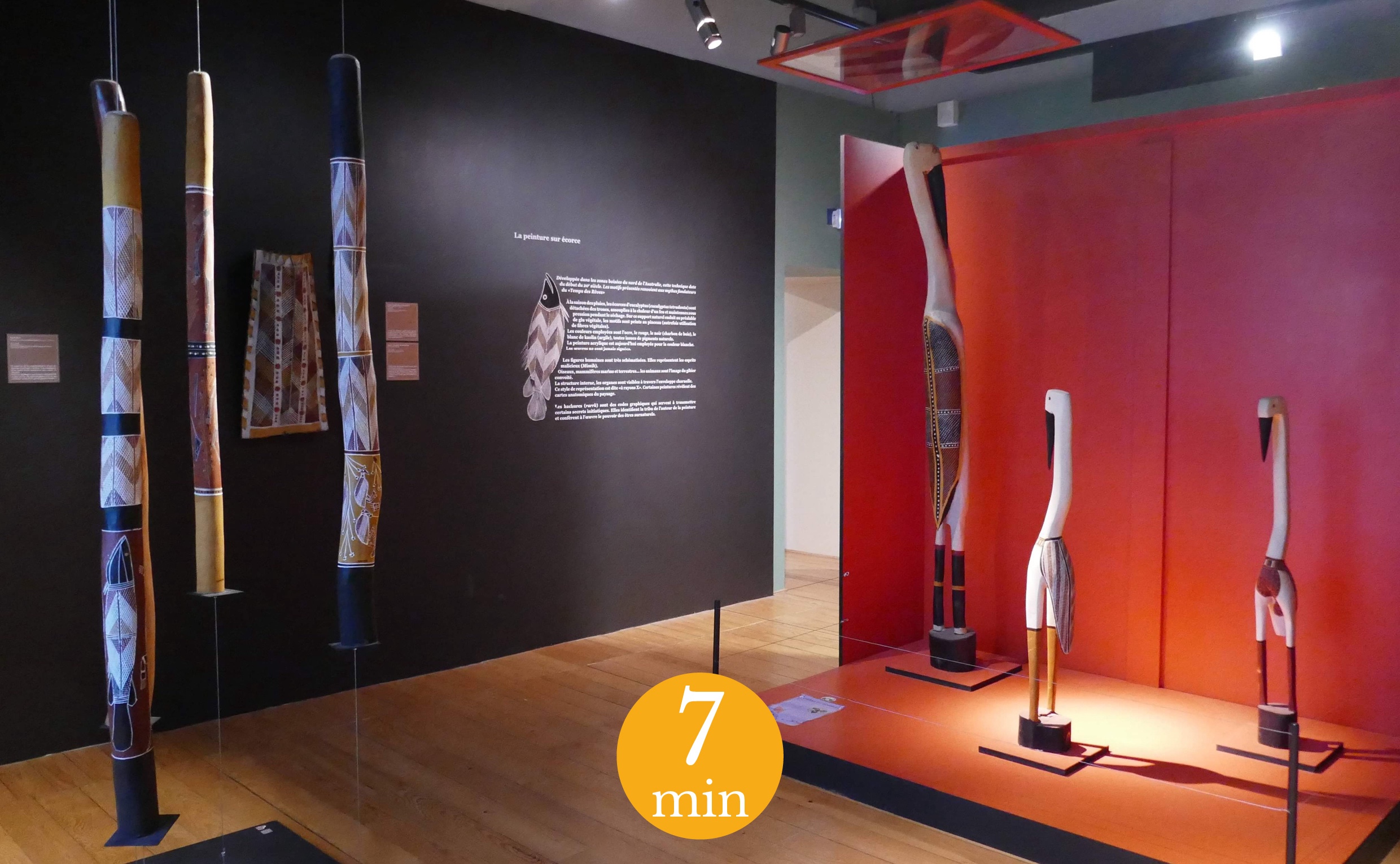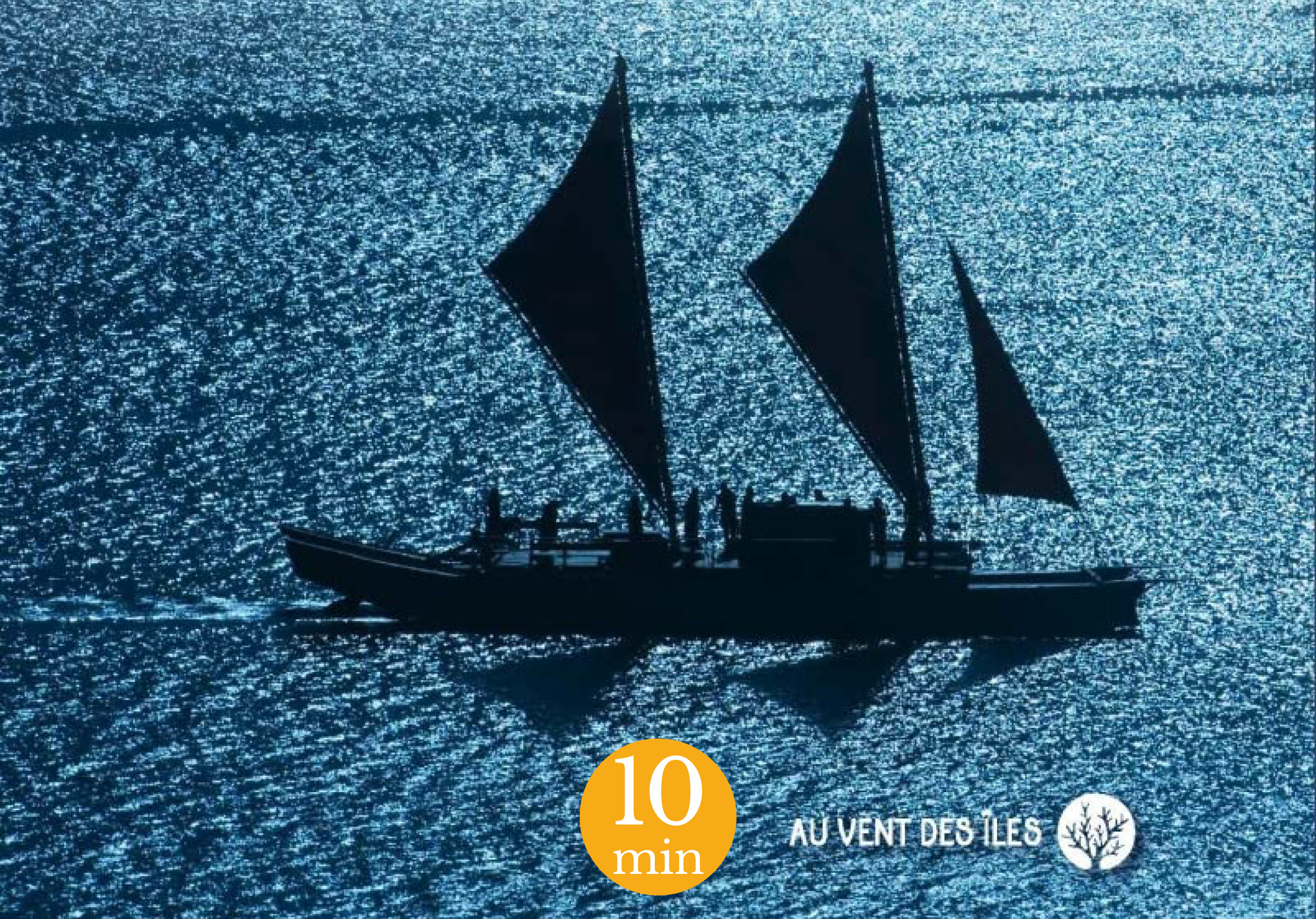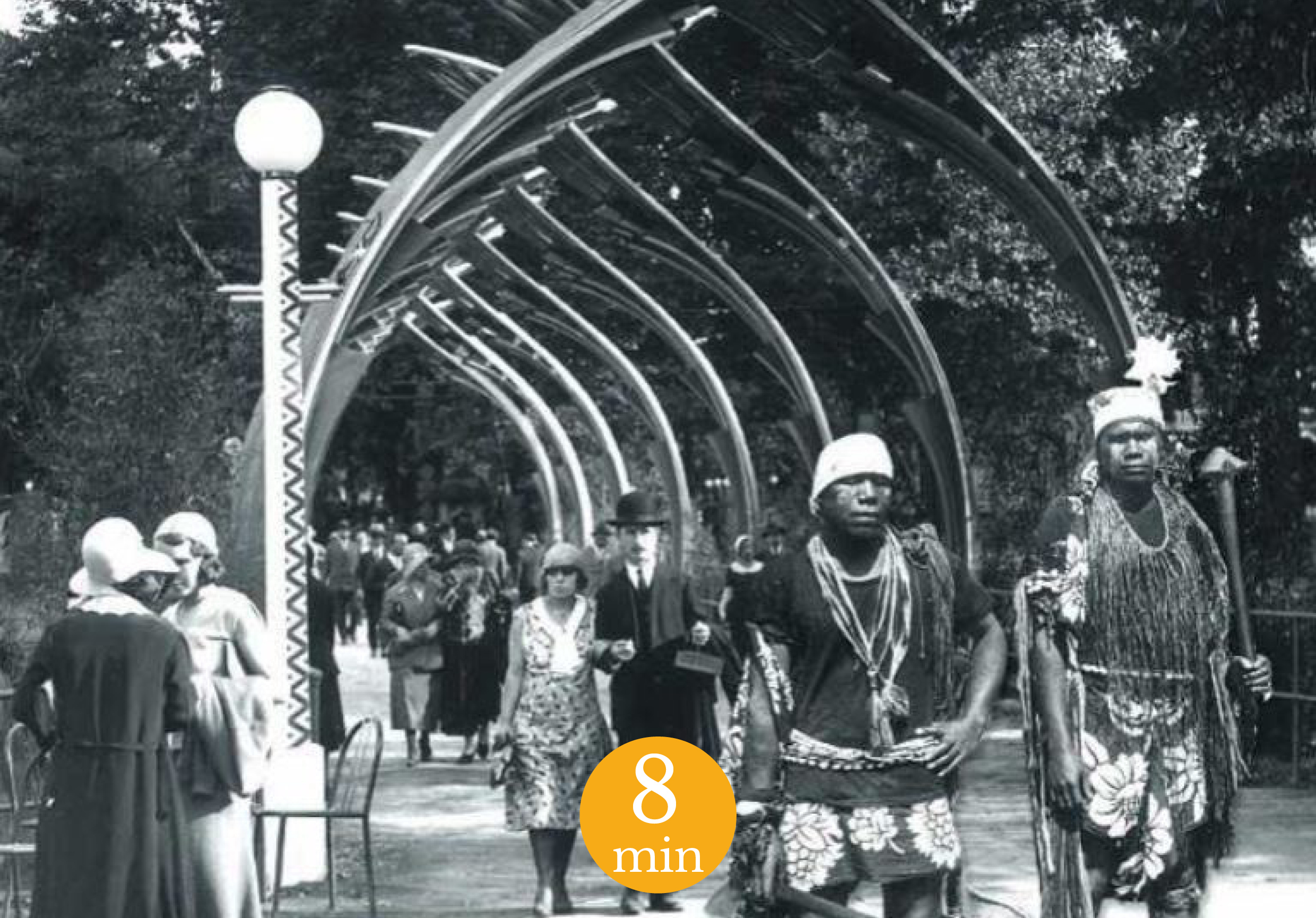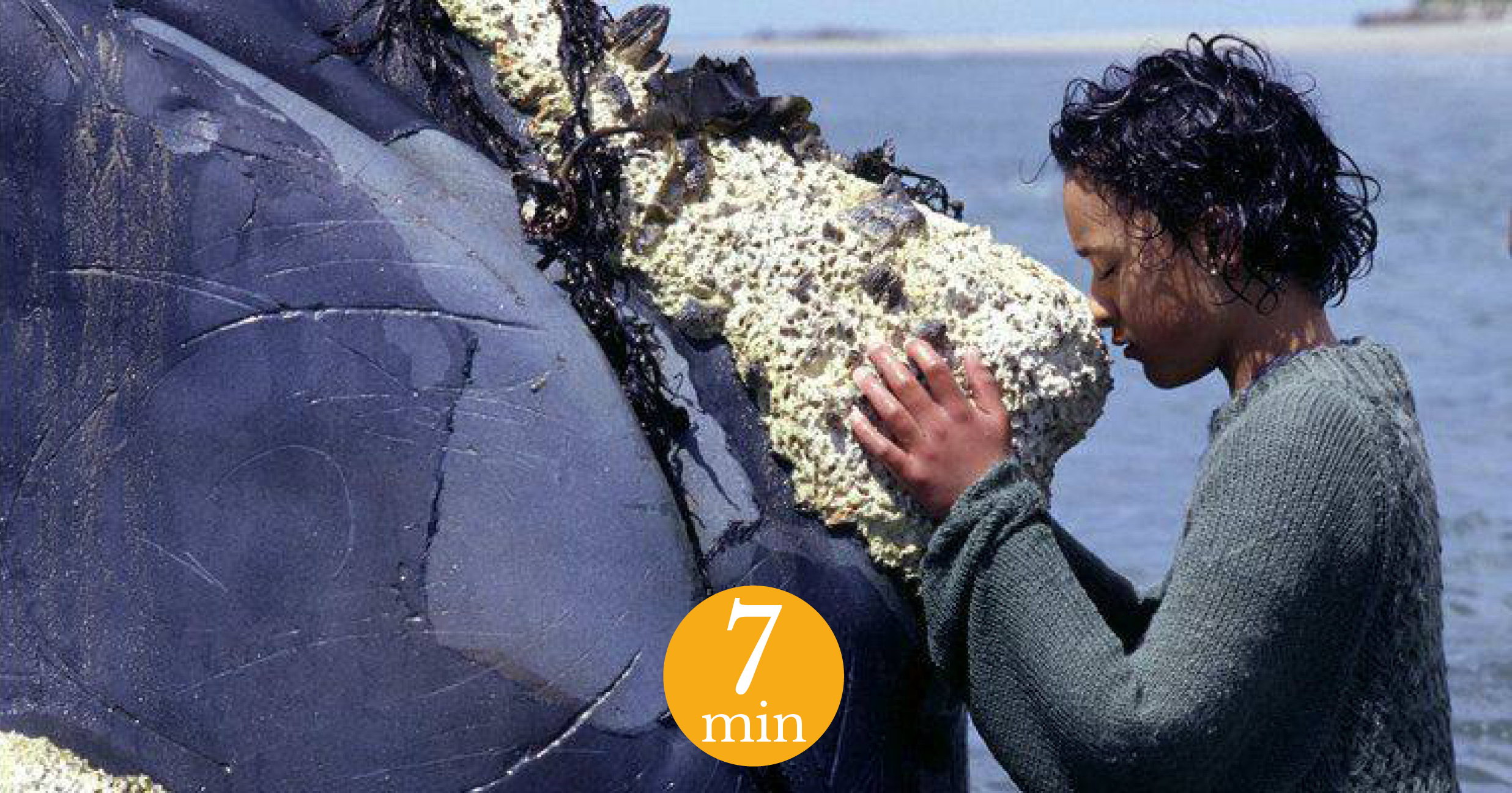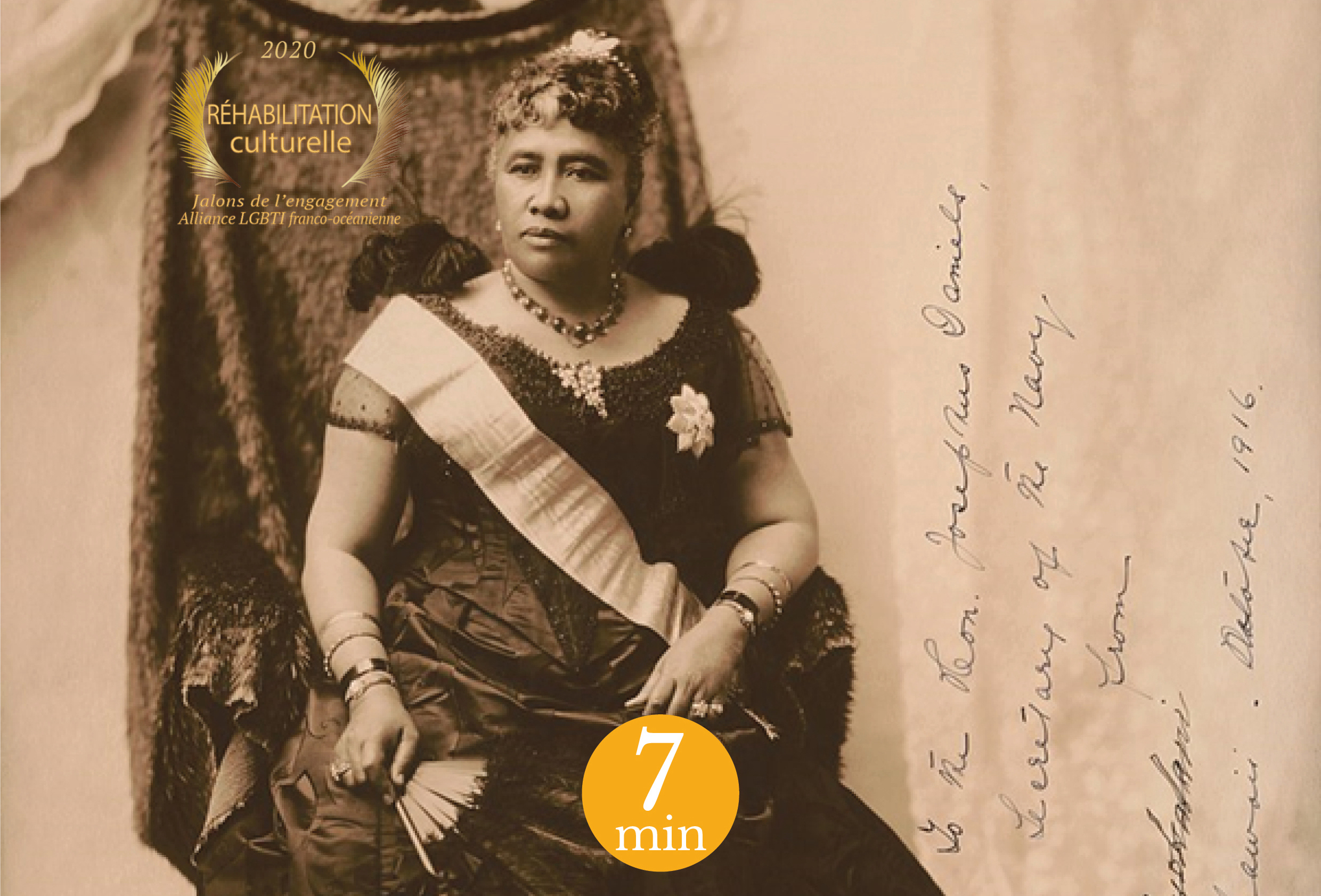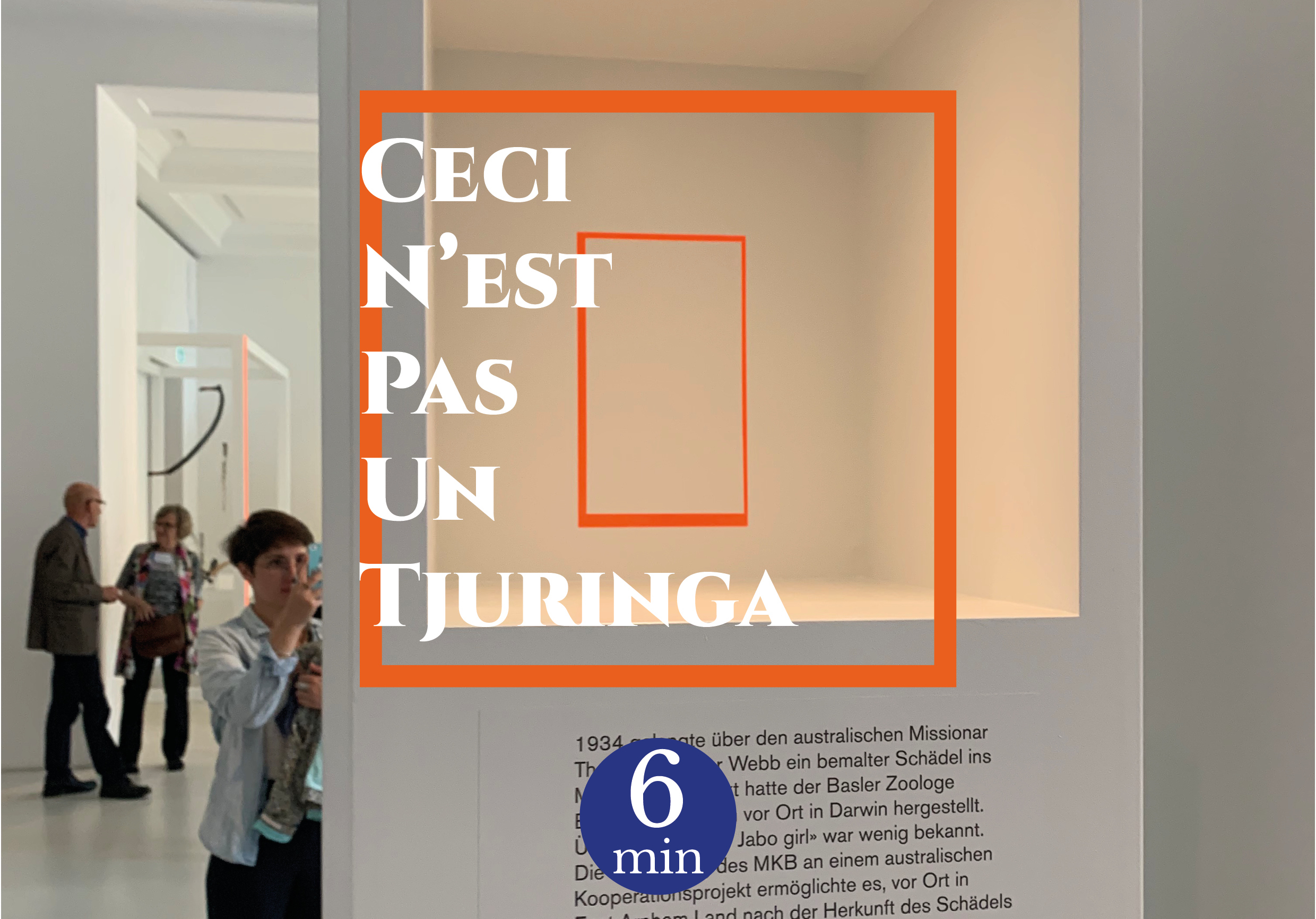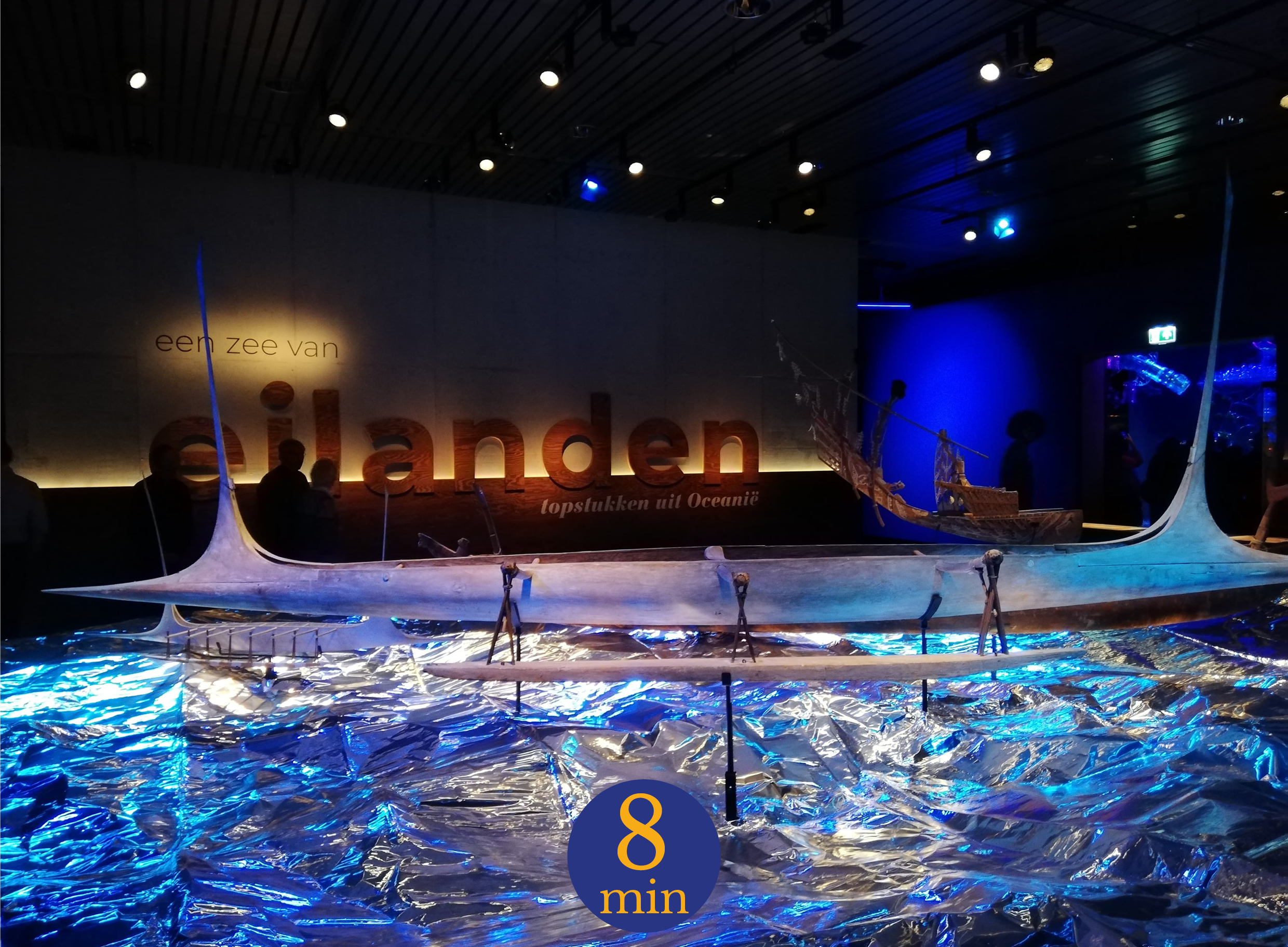“In 1967 we were counted, in 2017 we seek to be heard”
In 1770, Captain Cook considered Australia Terra Nullius (‘nobody’s land’) after reaching Botany Bay in Sydney on 26th of April, and he proclaimed it a possession of the British Crown who then became a penal colony. On 18 January 1788, the First Fleet arrived in Sydney Cove with the first convicts. Since then, Australia has been living with the lie of an empty land, despite the 65,000 continuing years of presence of Aboriginal Australians and Torres Strait Islanders. In 1962, the right to vote was given to Aboriginal and Torres Strait Islander people, but voting was not compulsory. However, full voting rights were not granted federally until 1984, when First Nations peoples had to register on the electoral roll. In 1963, the Yirrkala Bark Petitions were presented to the parliament. This was one of the first times that Aboriginal people presented a document for the recognition of their land. Read More


